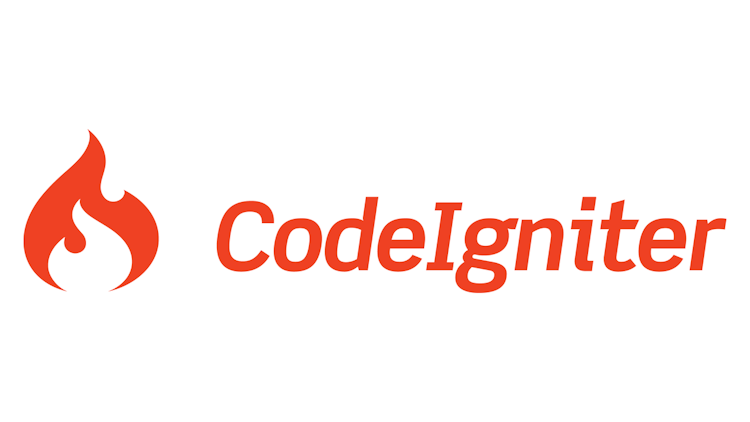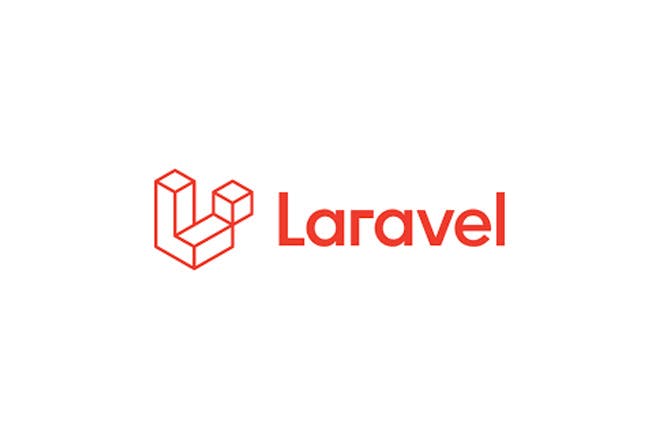Amitav Roy
Blog on web and travel
Multi-tenant application and why they are efficient
Posted on 16 Sept 2023 by Amitav Roy

In our ever-evolving digital landscape, businesses are continually searching for innovative ways to streamline their operations, enhance user experiences, and optimize resource allocation. Enter the concept of multi tenancy, a game-changer in the realm of software development. It revolutionizes the process by simplifying software creation, efficiently sharing resources, and serving as a powerful foundation for launching a robust SaaS platform.
Multitenancy represents an architectural approach where a single instance of a software application caters to the needs of multiple customers, offering each of them a personalized experience while benefiting from shared infrastructure. In this blog, we'll embark on a journey into the dynamic world of multi-tenant applications, delving deep into their myriad benefits, the challenges they pose, and the strategic approaches that empower businesses to unlock their full potential. Whether you're a seasoned software developer, a curious entrepreneur, or someone intrigued by the possibilities, join us as we uncover how multitenancy is reshaping the way we build and utilize software.

To grasp the concept of multitenancy, consider a real-life analogy: an apartment building. In this scenario, each tenant enjoys their dedicated living space while also benefiting from shared amenities such as the lobby, elevator, parking facilities, and more. In the realm of software development, envision a tenant relishing their exclusive data, queues, and cache resources. Yet, it's important to note that they might occasionally share certain components like the database, application server, caching server, and other resources. The extent of sharing depends on the specific architectural choices made during the development process.
When comparing a standard application with a multi-tenant counterpart, the key distinction lies in how they handle resource sharing. In a traditional single-tenant application, each instance operates in isolation, with its own dedicated set of resources. This approach can be likened to a stand-alone house, where every homeowner has their own utilities, security system, and maintenance staff.
The efficiency factor in multi tenancy
The hallmark of multi tenancy in software lies in the ability to optimize resource utilization. Tenants within a multi-tenant application share not only the same underlying hardware but also the software components, such as databases, application servers, and caching systems.
This shared approach offers several advantages. Firstly, it minimizes redundancy, reducing the need for duplicate hardware and software instances, which can be costly and challenging to manage. Secondly, it enhances scalability, as resources can be dynamically allocated based on tenant demand, ensuring that no resources go underutilized. Lastly, it streamlines maintenance and updates, as changes can be applied universally, benefiting all tenants simultaneously.
In essence, the multi-tenant model optimizes resource allocation, fosters scalability, and streamlines management, making it a compelling choice for organizations aiming to deliver efficient, cost-effective, and scalable software solutions.
| Single tenant application | Multi-tenant application | | -------- | -------- | | Every tenant possesses an exclusive instance of the application along with its allocated resources. | In a multi-tenant application, multiple tenants share a single instance of the application and its resources. | | Achieving scalability involves the provisioning and administration of separate instances tailored to each tenant's needs. | In a multi-tenant application, scaling typically doesn't require provisioning and managing individual instances for each tenant, as resources are shared and managed centrally. | | The isolation is better because of isolated environments | Because resources are shared, security measures must focus on isolating data and controlling authorization. | | Not cost-efficient because each client would require the same infrastructure being duplicated. | More cost-efficient because of resource sharing. | | Code updates and maintenance needs to be done per client basis | Can be done easily | | Slower deployment because of repeating the task for each client | Can be done easily | | Customisation would mean different code bases | Can be done easily with things like feature flags configured for individual tenants.
Advantages of multi-tenancy
Scalability: Multi-tenancy allows for efficient scaling to accommodate more tenants without the need for individual instance provisioning, ensuring smooth growth. It is also easy to accommodate some spikes by allowing a scalable infrastructure which scales up or down based on resource requirements.
Cost Savings: By sharing resources, multi-tenancy reduces infrastructure and operational costs, making it a cost-effective solution for both providers and tenants. Instead of replicating the entire infrastructure which may not be even required for each client, we can share the existing resources.
Increased Efficiency: The shared environment optimizes resource utilization, leading to improved efficiency in resource management and overall system performance.
Ease of Maintenance: Centralized management simplifies maintenance tasks, such as updates and patches, which can be applied uniformly across all tenants, reducing administrative overhead.
Disadvantages of multi-tenancy
Security Concerns: Inadequate implementation or weak security measures can lead to data breaches and unauthorized access, posing significant security risks for all tenants.
Data Isolation Challenges: Ensuring strict data isolation among tenants is crucial; any lapses in this aspect can result in data leakage or compromise of sensitive information.
System Outages Impact Multiple Clients: When system outages occur, multiple client instances are affected simultaneously, potentially leading to widespread disruptions and dissatisfaction among tenants.
In conclusion, multi-tenancy in software applications offers a dynamic landscape where the benefits and challenges must be thoughtfully weighed. On the positive side, multi-tenancy brings scalability, cost savings, increased efficiency, and simplified maintenance, making it an attractive choice for businesses and service providers. However, it comes with its share of potential pitfalls, including security vulnerabilities if not implemented rigorously, the critical need for robust data isolation, and the risk of system-wide outages affecting multiple clients. To harness the full potential of multi-tenancy, organizations must strike a delicate balance between reaping the rewards and mitigating the risks, ensuring a robust and secure environment for both providers and tenants. Ultimately, a well-executed multi-tenant approach can empower businesses to deliver scalable, cost-effective, and efficient software solutions while maintaining the highest standards of security and data integrity.

